How important is an off-seasons for overall progression.
For many endurance sports lunatics, shutting down the training and taking a break can be the most difficult aspect of following a well constructed training program. Yet it’s also one of the most integral parts. We get so mentally conditioned to the training we do each day that it’s easy to forget the insanity of how much training we’re putting out bodies through each day.

You may have noticed in your own training that for 6-12 weeks you’re making satisfying steps forward each week before these steps get smaller and smaller. Suddenly it’s an uphill battle just to maintain where you are at let alone improve. You’re tired, frustrated and the body has simply had enough.
The good news is there is often an easy answer. An answer you probably don’t want to hear… Stop. Chill out. Do next to nothing and come out the other side of the break fresh and ready to continue making steady improvements.
Time and time again, I’ve witnessed some of the greatest performances came 8-16 weeks after resuming training following a decent period and most of my worst patches of racing have come when I’ve pushed on for months on end, hoping that training more would improve my form.
What happens when you take some time off?
Get over it but you’re going to lose fitness. Not only will Vo2 max, blood volume, aerobic and anaerobic thresholds drop but also your metabolic flexibility swill wane depending on how you like to eat during your break.
Interestingly, I’ve also anecdotally noticed a decline in my mental capacity to handle training during and soon after a break. My tolerance for the mundane disappears. A four km swim session feels like 8km session regardless of the intensity. So along with my usual loss in swim form, time also really drags.
Now, let’s talk benefits..
It’s time to heal. Long standing chronic inflammation can dissipate as muscles, ligaments, tendons and joints finally heal completely.
Most of us end up sleeping more, hormone levels and sex drive gradually returns. You’ll find the energy to get through that long standing ‘to do list’ and perhaps even notice how enjoyable simply chatting to people is without the mild brain fog you normally zombie around with.
As you freak out about the loss in fitness, remind yourself every training block you do is absolutely not for nothing if you then take a break and then lose fitness. Over time, with aerobic focused training, the body increases the diameter of blood vessels, builds up the efficiency of the heart, increases the capillary network supplying blood to working muscles and there is a big increase in the size and number of mitochondria in the muscle cells and much more.
All those benefits don’t disappear with a relatively short period of rest. On a whole, they’re largely deposited in your fitness bank and every block of training you do, leaves lasting benefits. The return to fitness is nearly always quicker the larger your training history is (up to a certain age).
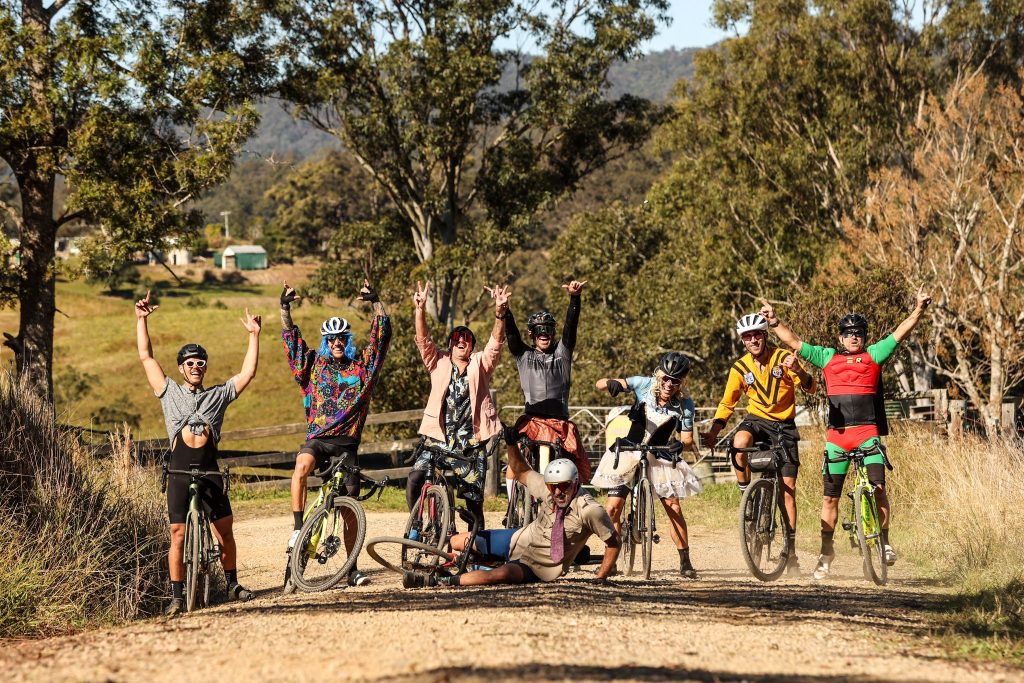
How long a break should I take?
The annoying short answer is ‘it depends.’ A good coach won’t have a set answer on that.
What constitutes an appropriate break is very individual depending on the athlete’s level of accumulated physical and mental fatigue and their dependence on training to maintain their mental health.
Some athletes are ok and happy to kick the break off with zero exercise. This is great if it suits their personality. We typically would recommend this for 7-14 days. If the athlete needs some exercise to keep their mental health in order then 30-45 mins per day is our typically recommended dose.
After the first week of next to nothing, we recommend 1-2 strength based gym sessions per week or other strength/ flexibility training modalities like yoga or pilates. We also bring in some some skill based short swim sessions to maintain muscular strength and flexibility without much aerobic stress. The goal is not swim fitness but to try and improve or at a minimum keep the ‘feel’/technique for efficiency in the water.
After 2 weeks when the fitness losses start to become more pronounced I recommend including a little maintenance training. It doesn’t have to be much, usually something every second day and certainly don’t have to be triathlon specific sports by any means. In fact, for the sake of your motivation in the upcoming season, it’s probably better they’re not. Simply get outdoors and do anything active; tennis, surfing, gym, MMA, fishing, ballroom dancing, lawn balls, whatever takes your fancy. Ideally keep it social and avoid it if it’s a chore in the slightest.

After 4-6 weeks the general trend RPG coaches follow is to start our athletes back following the simple but proven principle of ‘gradual progressive overload’ to ease back into a structured program.
The most motivated and least lazy athletes like myself are often the toughest to coach because of their resistance to resting. Many stubborn athletes like me still head out training on the days or weeks they’re not supposed to. In turn never completely fully rejuvenating.
The years I did take weeks off at a time were easily my best years of racing. The years I convinced myself I was invincible and kept training harder and harder to try and find form as it was slipping through my fingers were definitely my biggest patches of poor racing.
Don’t be like me when I thought my body and brain didn’t need rest. Do what every good coach will build into your yearly planning and take the time rest.
Go forth, conquer
Beware of the dragon.

RPG Coaching website launching Dec 1st. For all coaching enquiries please email [email protected]
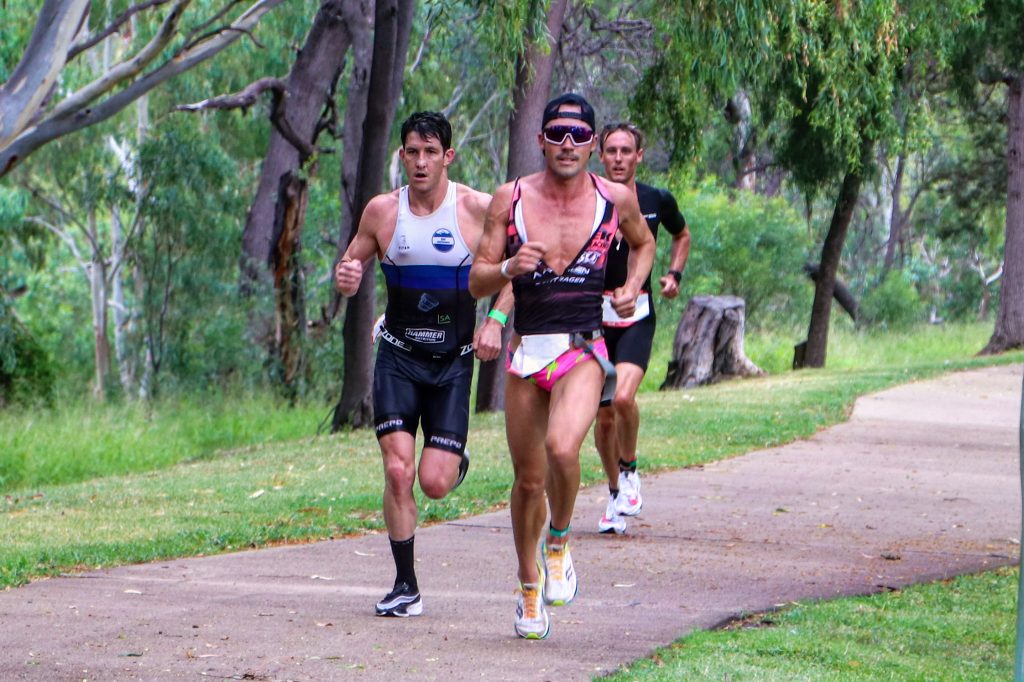
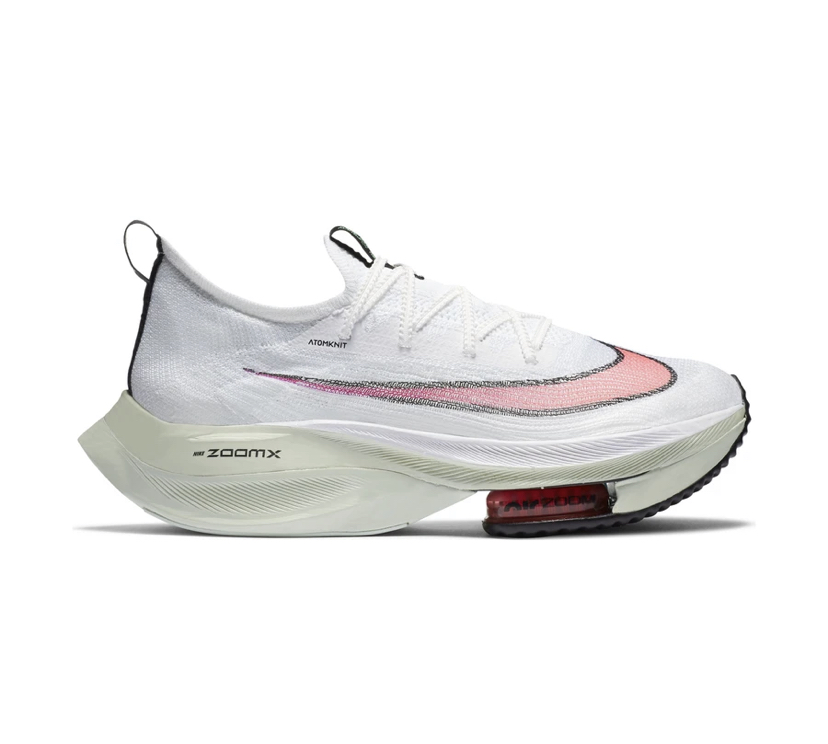
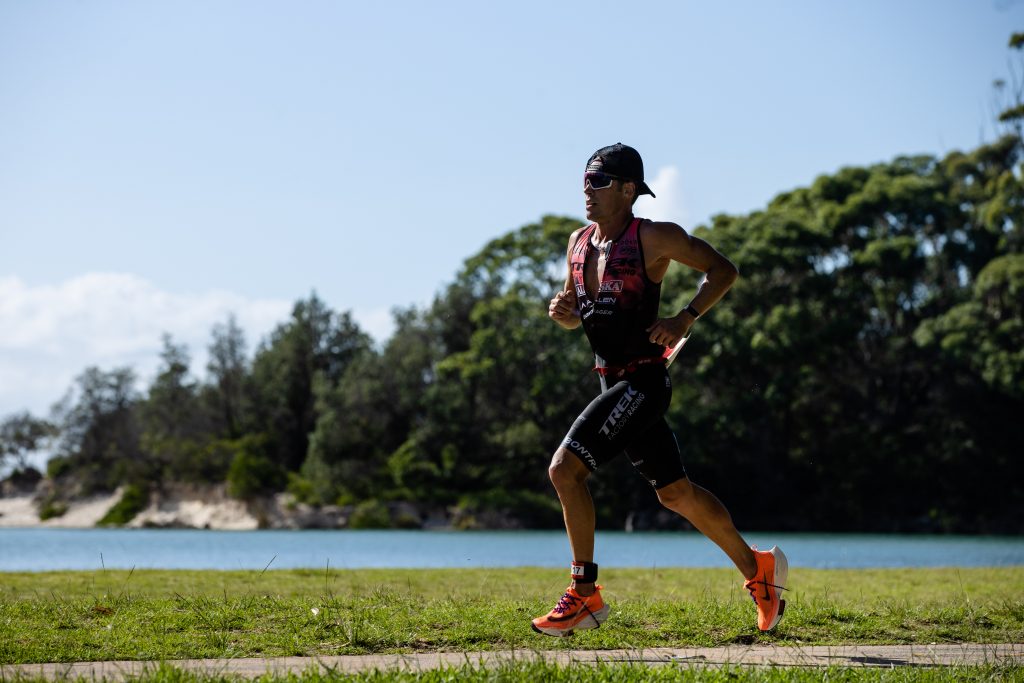
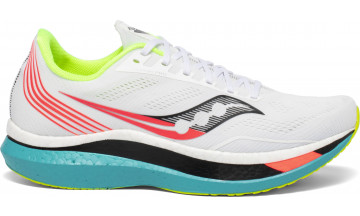
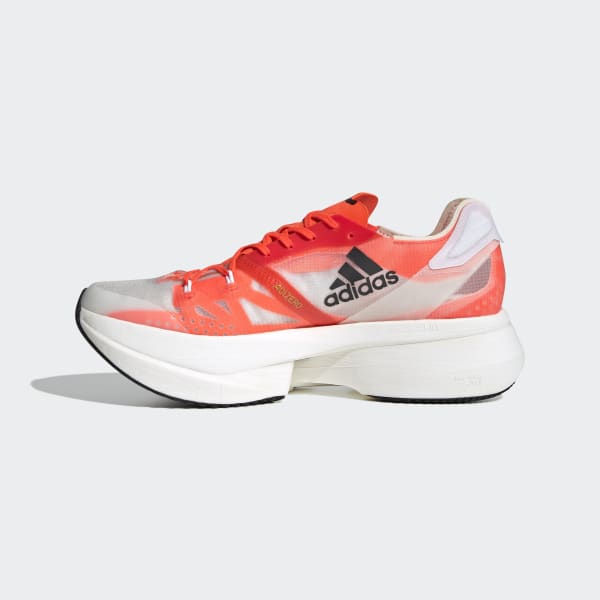
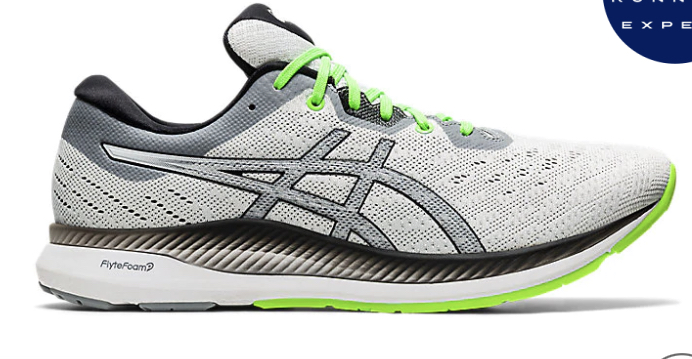
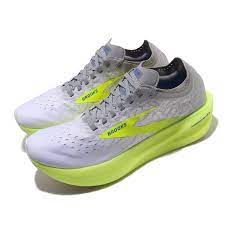
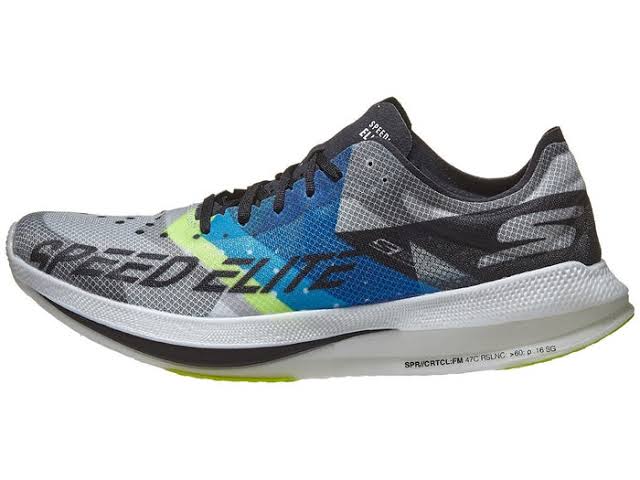
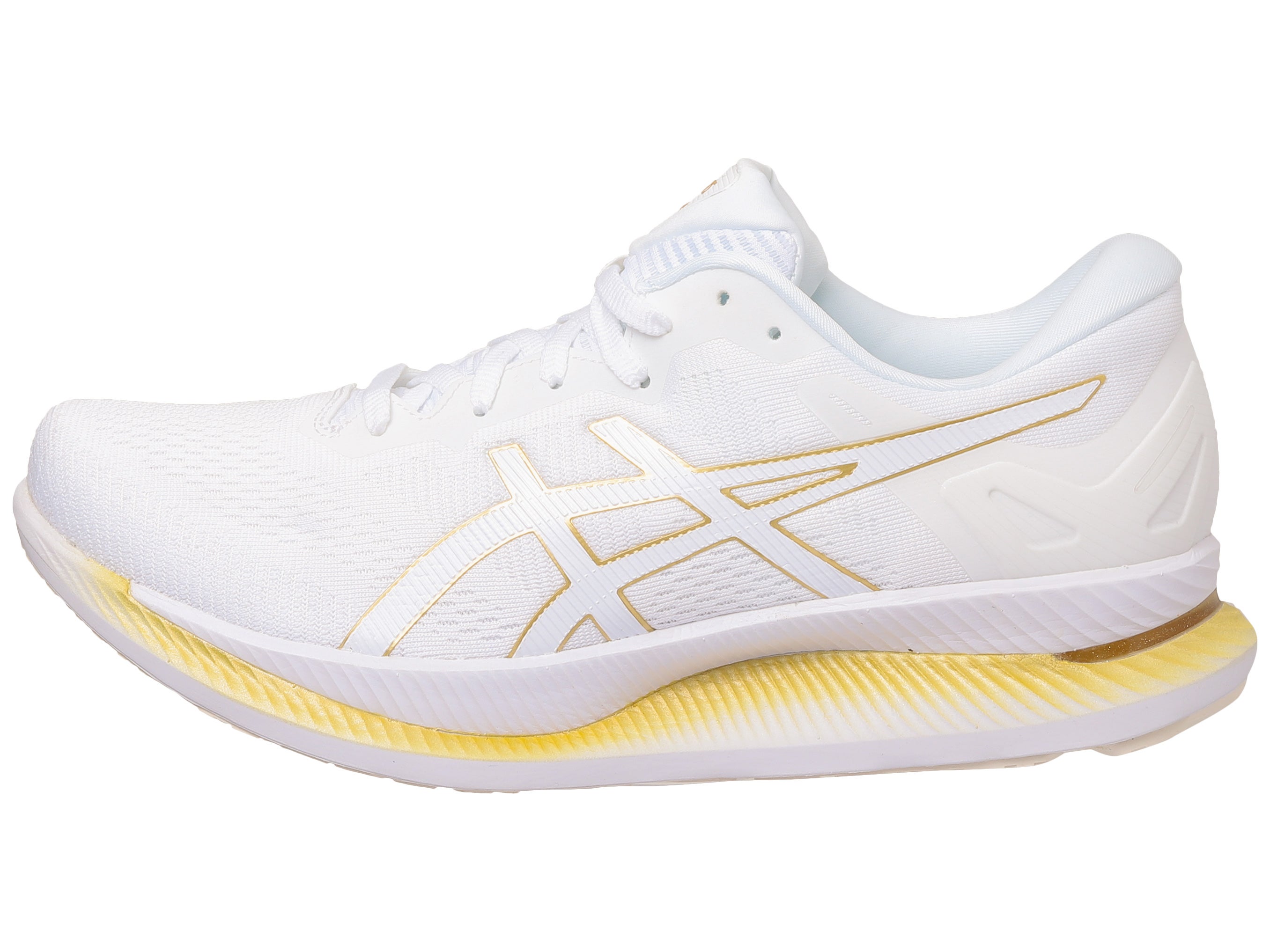
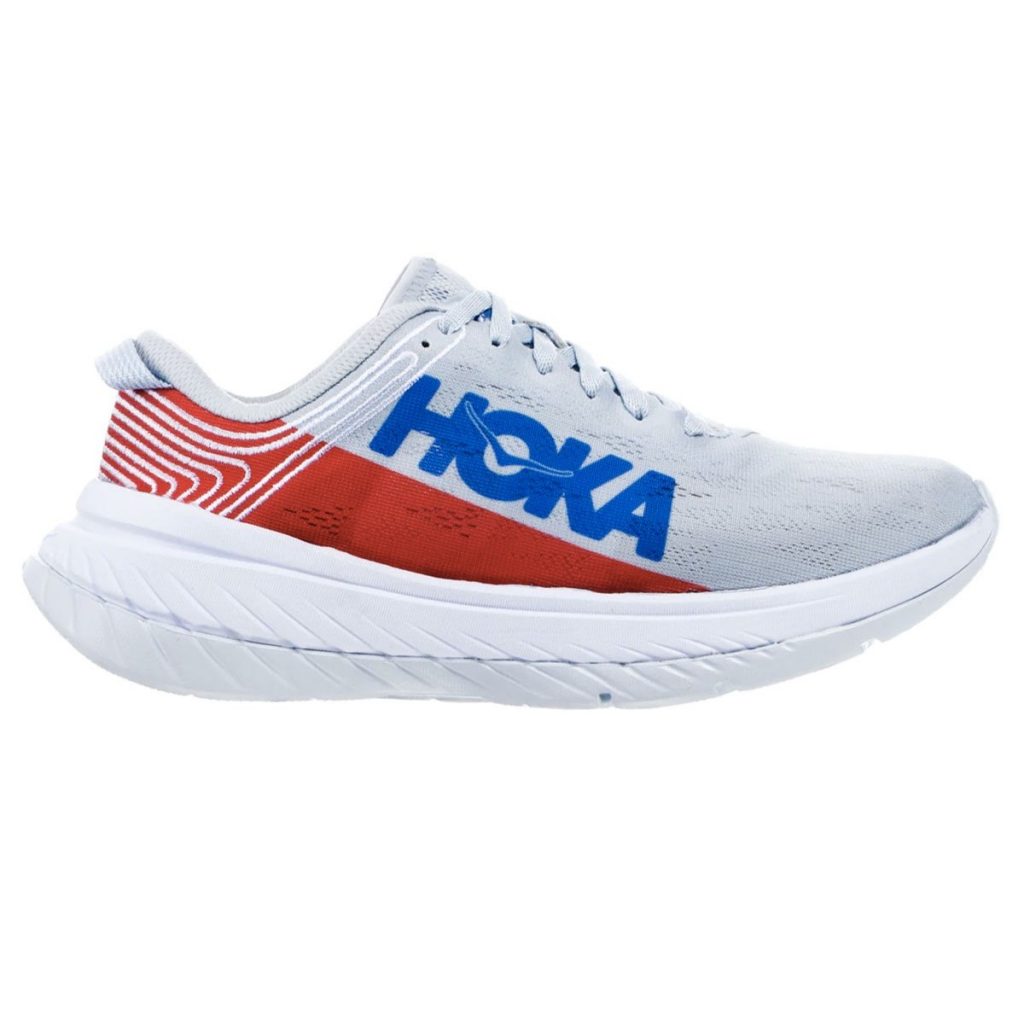
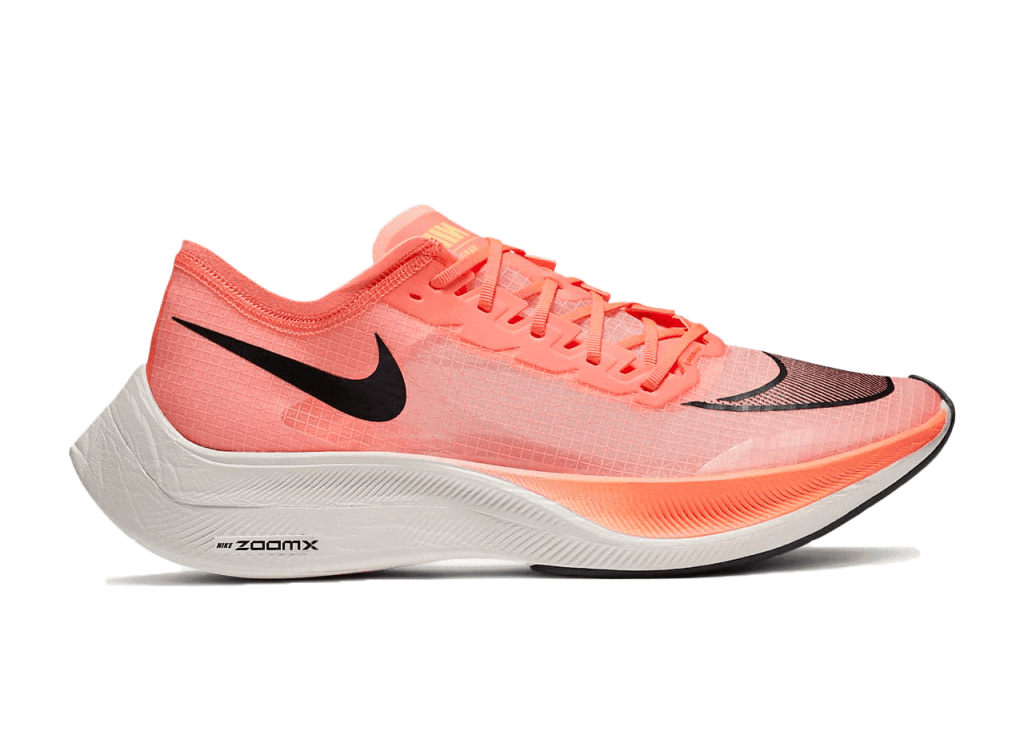
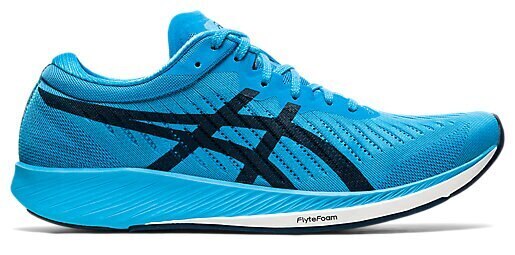
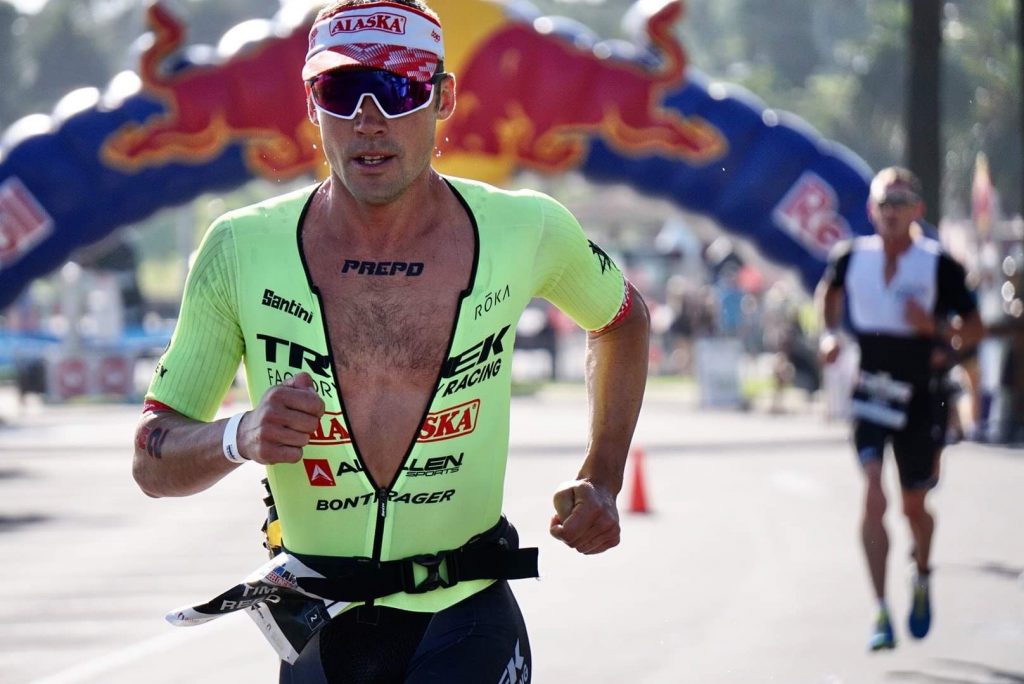
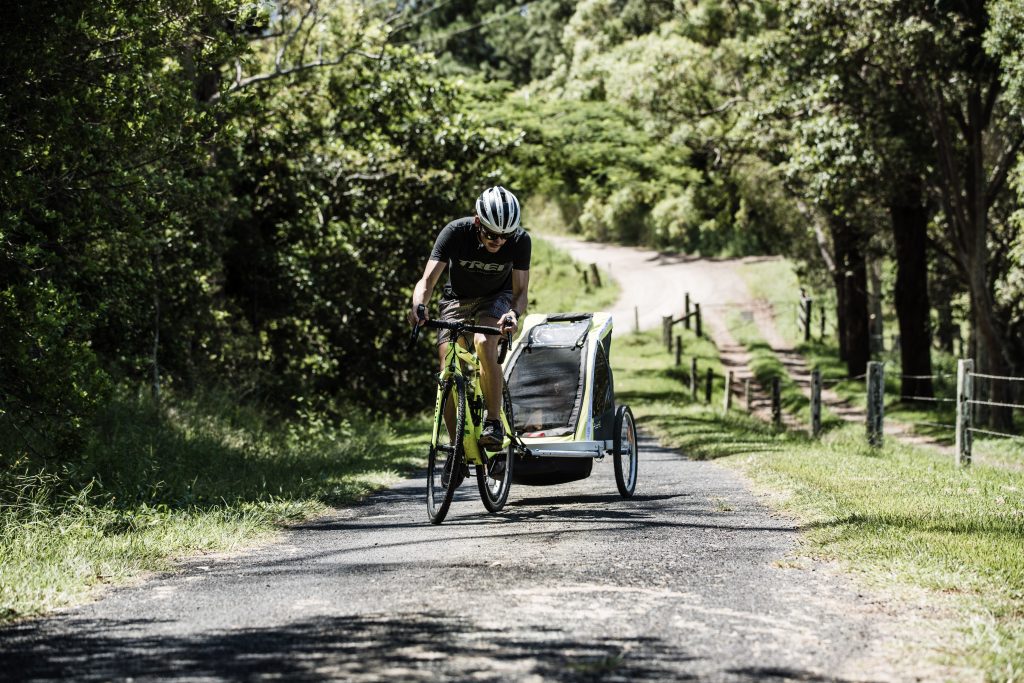
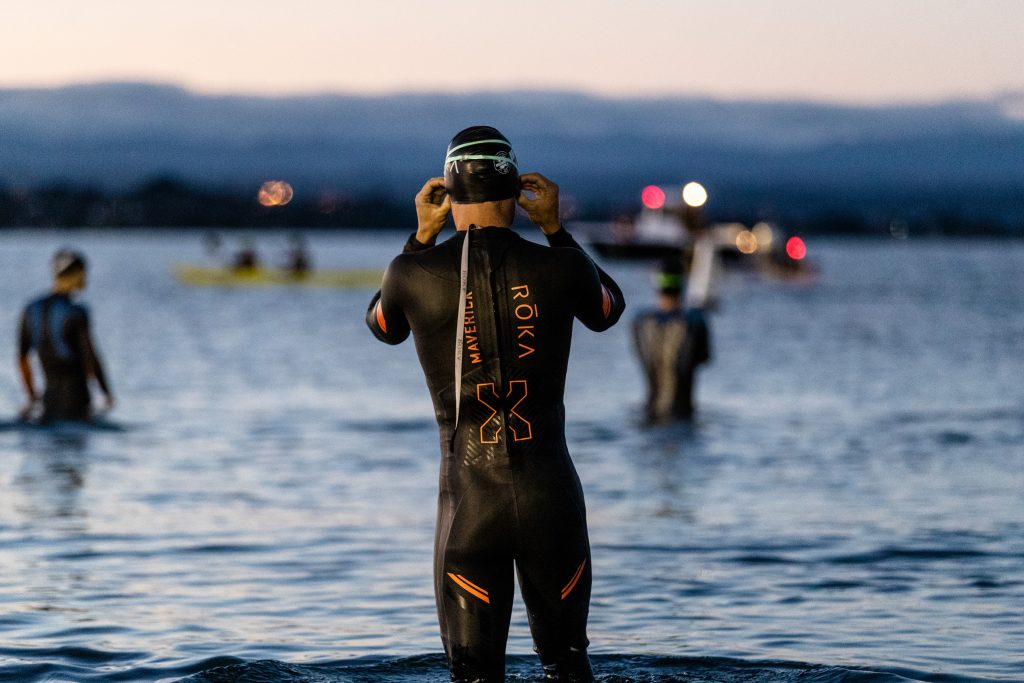
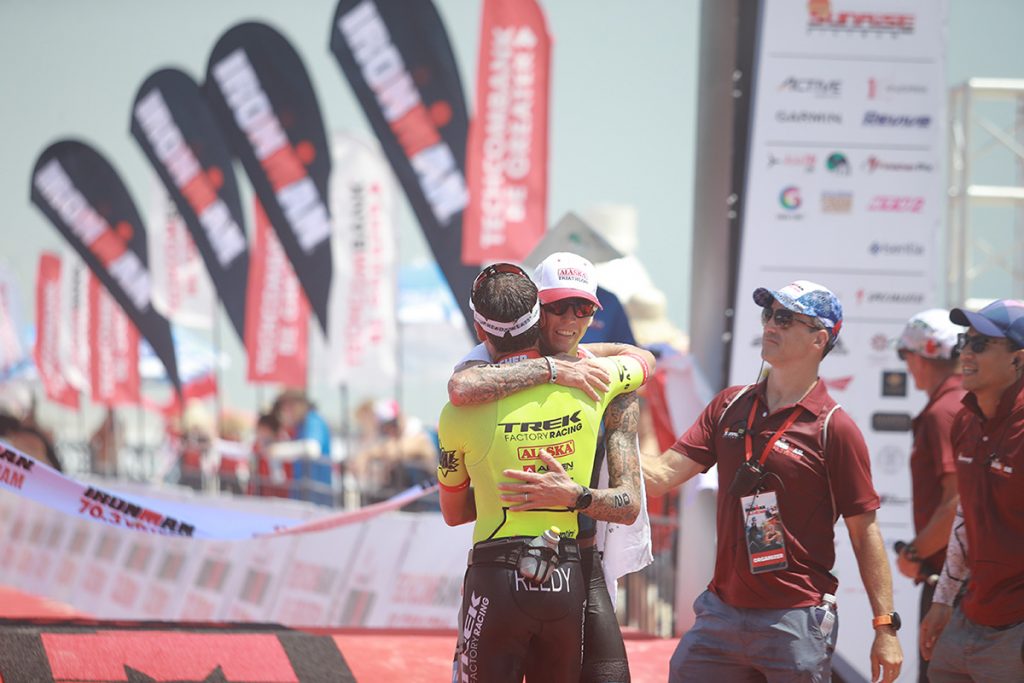
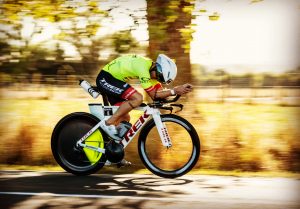
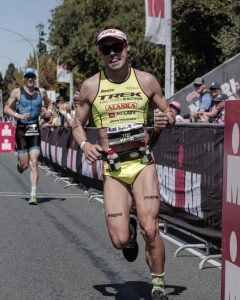
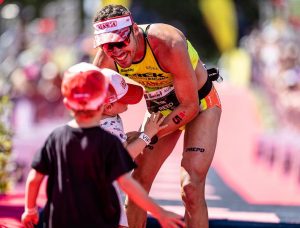
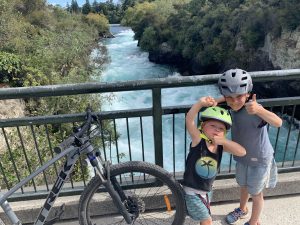
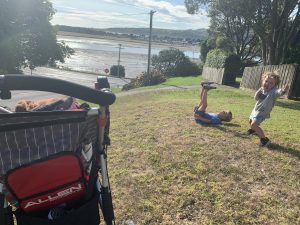
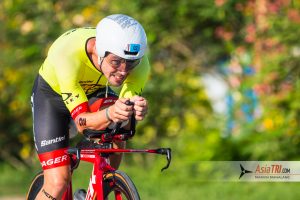
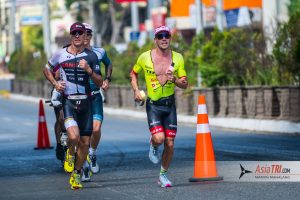
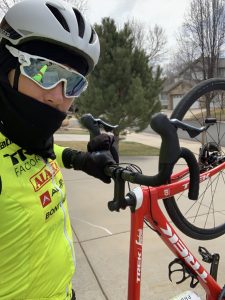
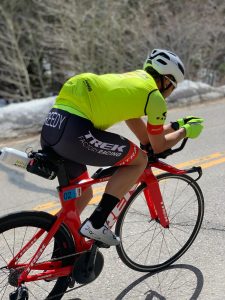

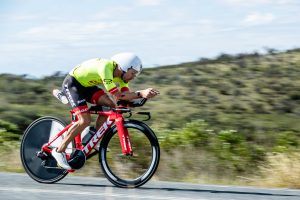
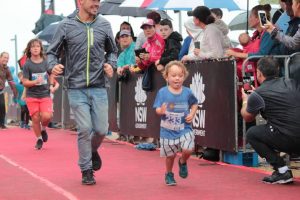

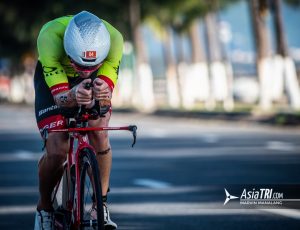
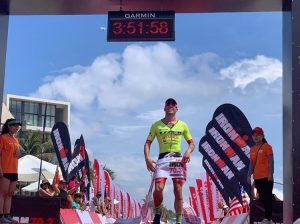
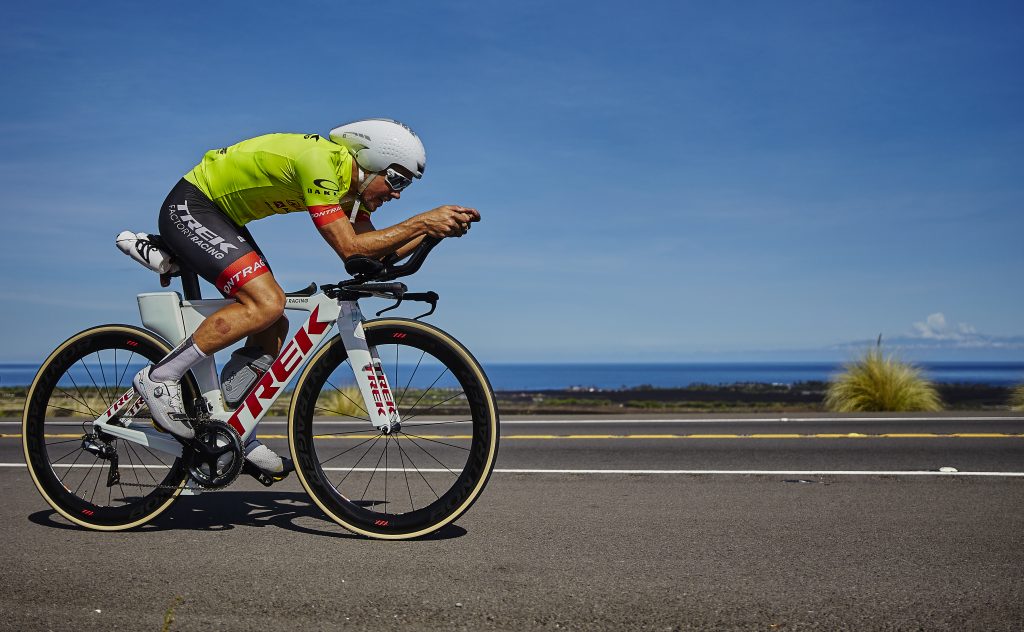
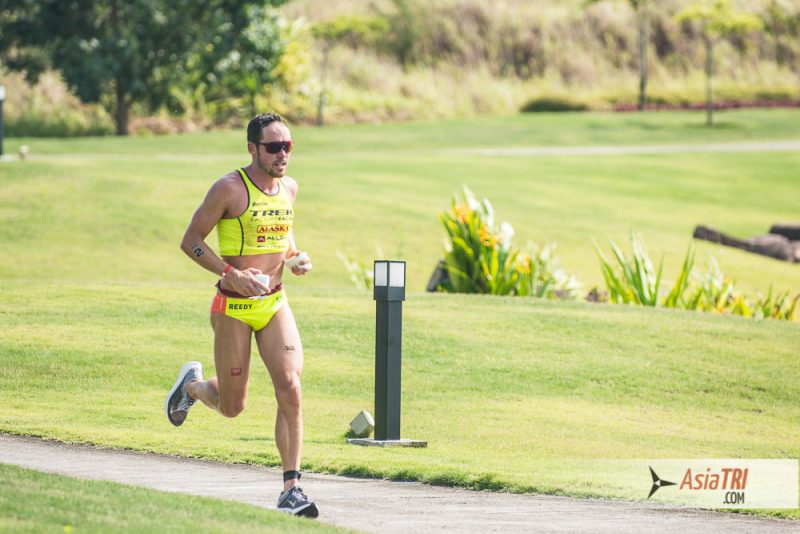
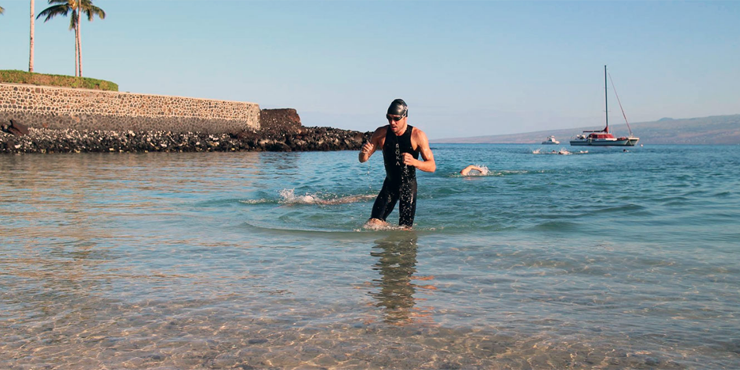
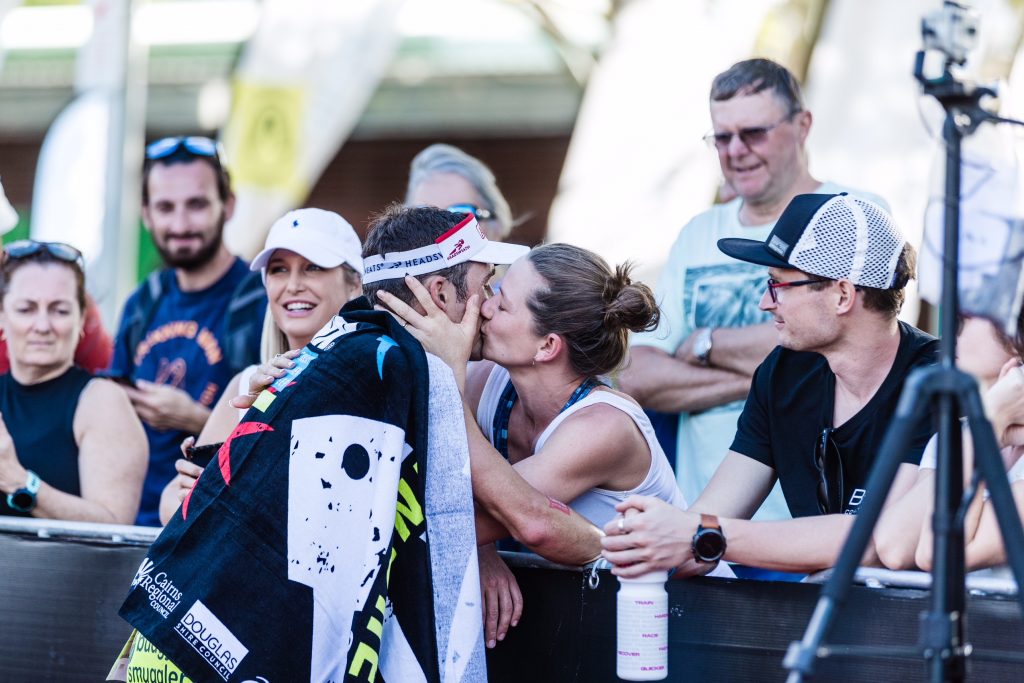

 Please contact:
Please contact: